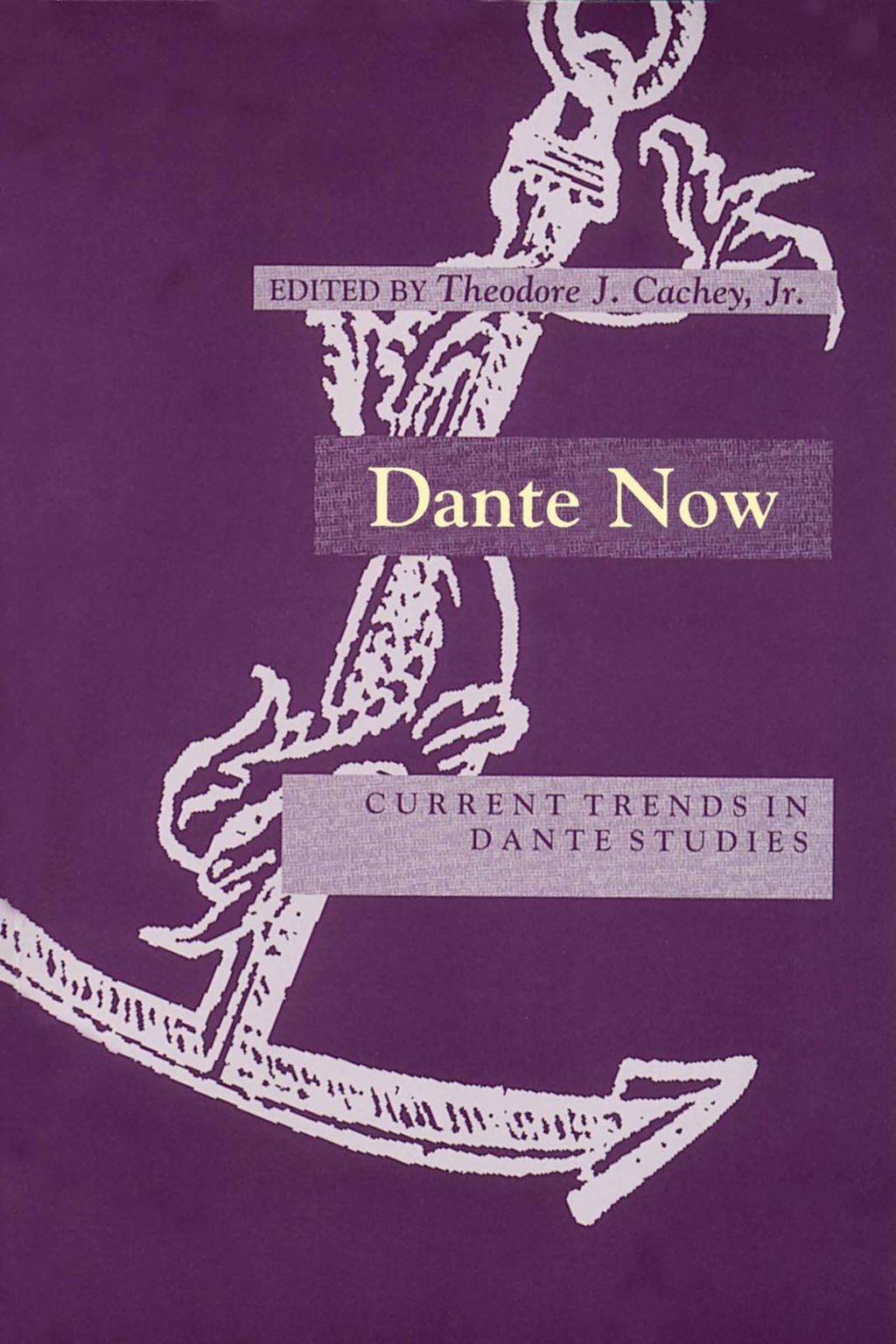Additional information
| Full Title | Dante Now Current Trends in Dante Studies |
|---|---|
| Author(s) | |
| Edition | |
| ISBN | 9780268055516, 9780268008796, 9780268008758, 9780268055509 |
| Publisher | University of Notre Dame Press |
| Format | PDF and EPUB |
Original price was: $27.99.$8.40Current price is: $8.40.
Access Dante Now Current Trends in Dante Studies Now. Discount up to 90%
| Full Title | Dante Now Current Trends in Dante Studies |
|---|---|
| Author(s) | |
| Edition | |
| ISBN | 9780268055516, 9780268008796, 9780268008758, 9780268055509 |
| Publisher | University of Notre Dame Press |
| Format | PDF and EPUB |
Written by ten distinguished Dante scholars, the essays in Dante Now represent the most significant areas of contemporary Dante studies. This collection, originating from a 1993 University of Notre Dame conference, includes some of the particular on three intensely cultivated areas of Dante studies: poetics, “minor works,”and reception. The stimulating ferment on the problem of Dante’s poetics is well represented in the first three essays. These range in approach from the stylistic-ideological treatment of Zygmunt G. Baranski’s essay to the inter-and intra-textual concerns presented by Christopher Kleinhenz, to the compelling hermeneutical and epistemological reflections on Dante’s poetics given by Giuseppe Mazzotta. Dante’s so-called “minor works” have increasingly become a focus of attention in contemporary Dante studies, and the textual problems represented by the Vita nuova are sweepingly reconsidered by Dino S. Cervigni and Edward Vasta. Ronald L. Martinez dedicates a substantial essay to Dante’s poem of exile “Tre donne,” and Albert Russell Ascoli addresses the issue of the relationship between Dante’s Commedia and the minor works, especially the Monarchia. The final section of essays examines the phenomenon of the original and continuing vitality of Dante’s work as a profoundly of influential, enduring, and enlivening literary classic. R.A. Shoaf addresses the literary influence of Dante in medieval England; Kevin Brownlee investigates Dante’s most important medieval French connection in the works of Christine de Pizan; and Nancy Vickers illuminates Dante’s translatability into avante garde films and videos. Finally, Brian Richardson considers the Commedia’s Fortunes during the Renaissance in terms of its remarkable editorial and publishing history.
